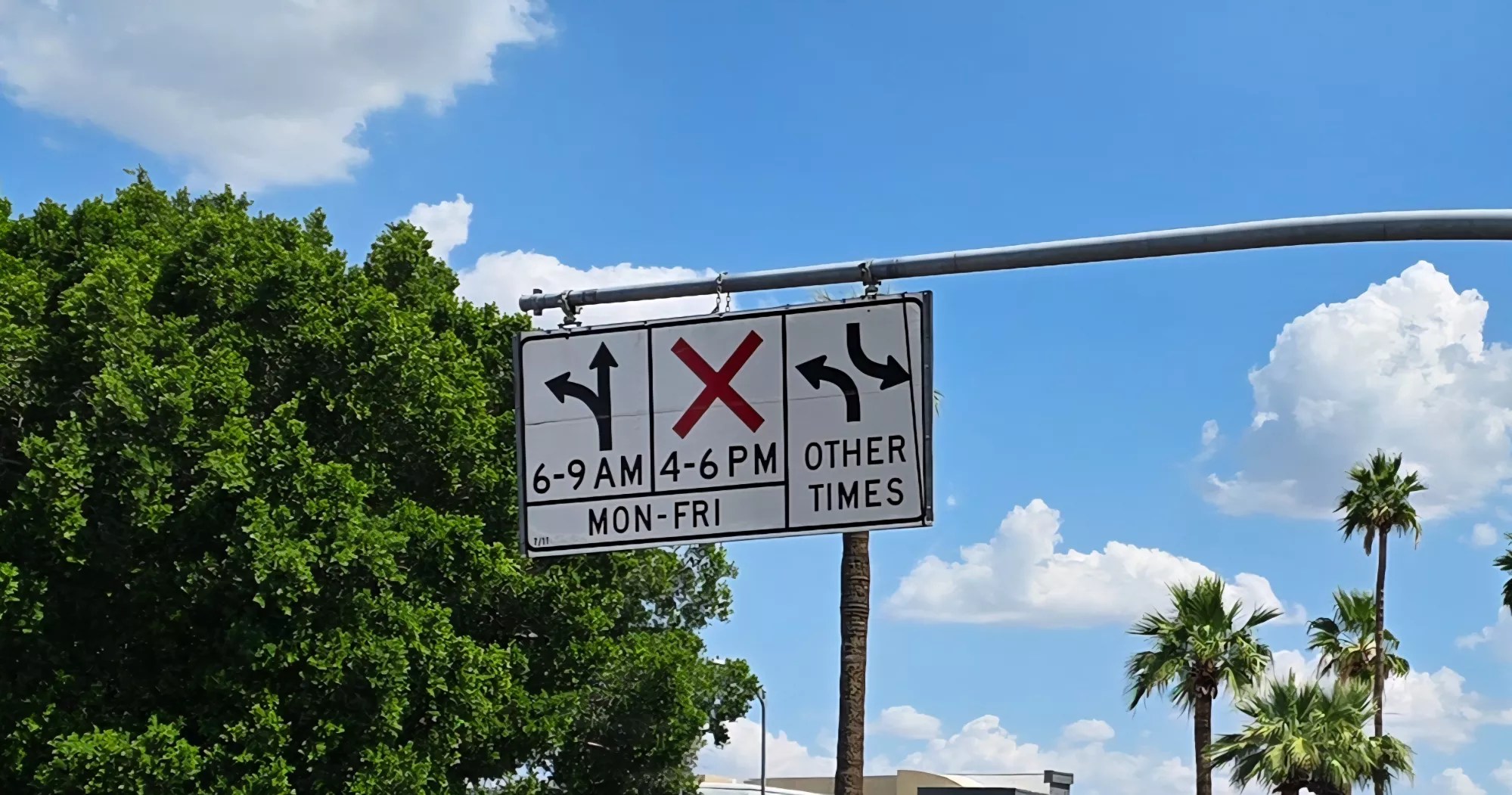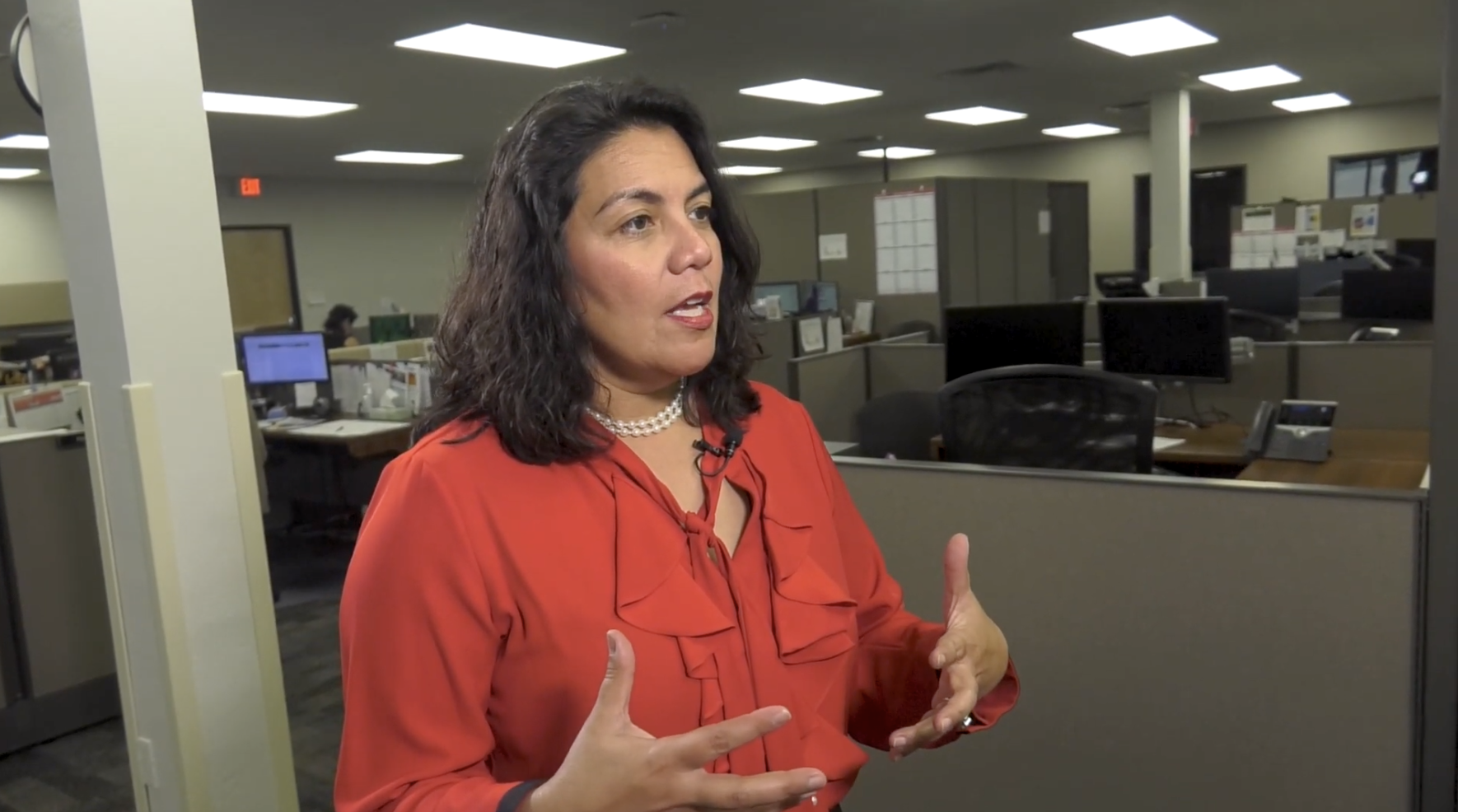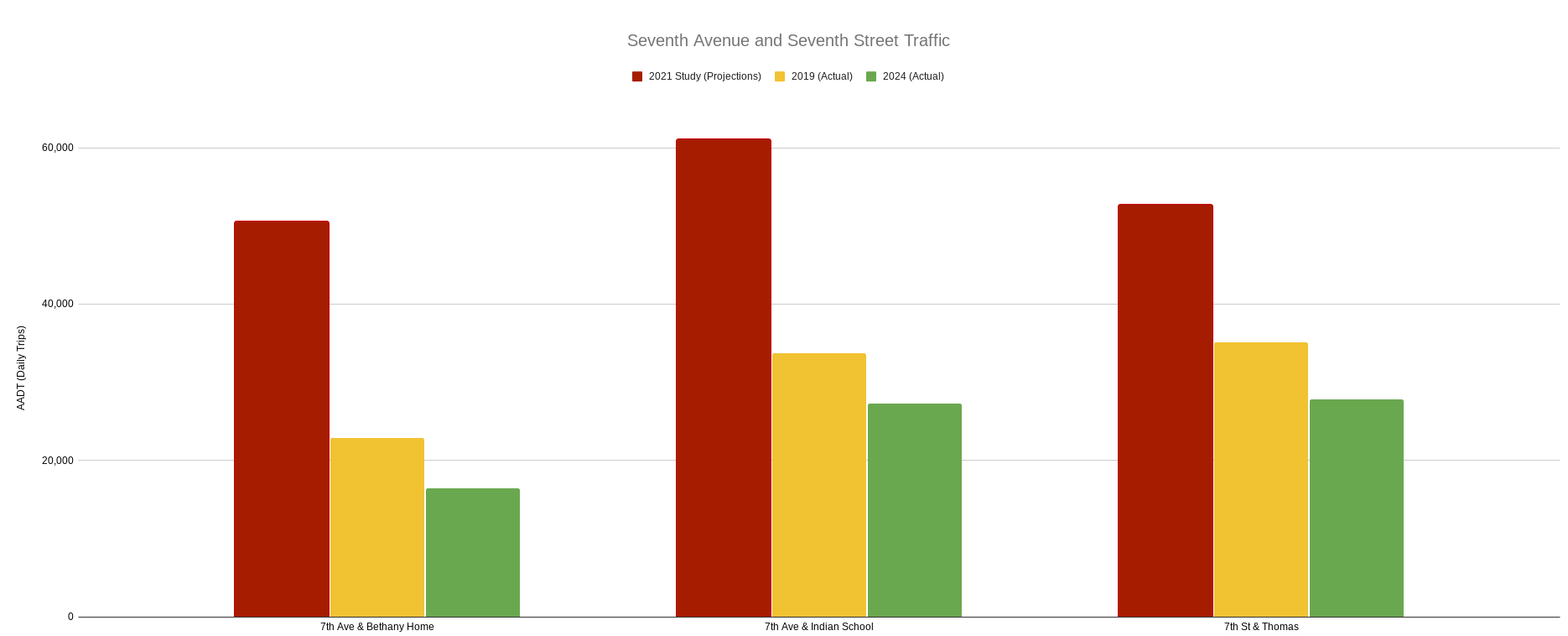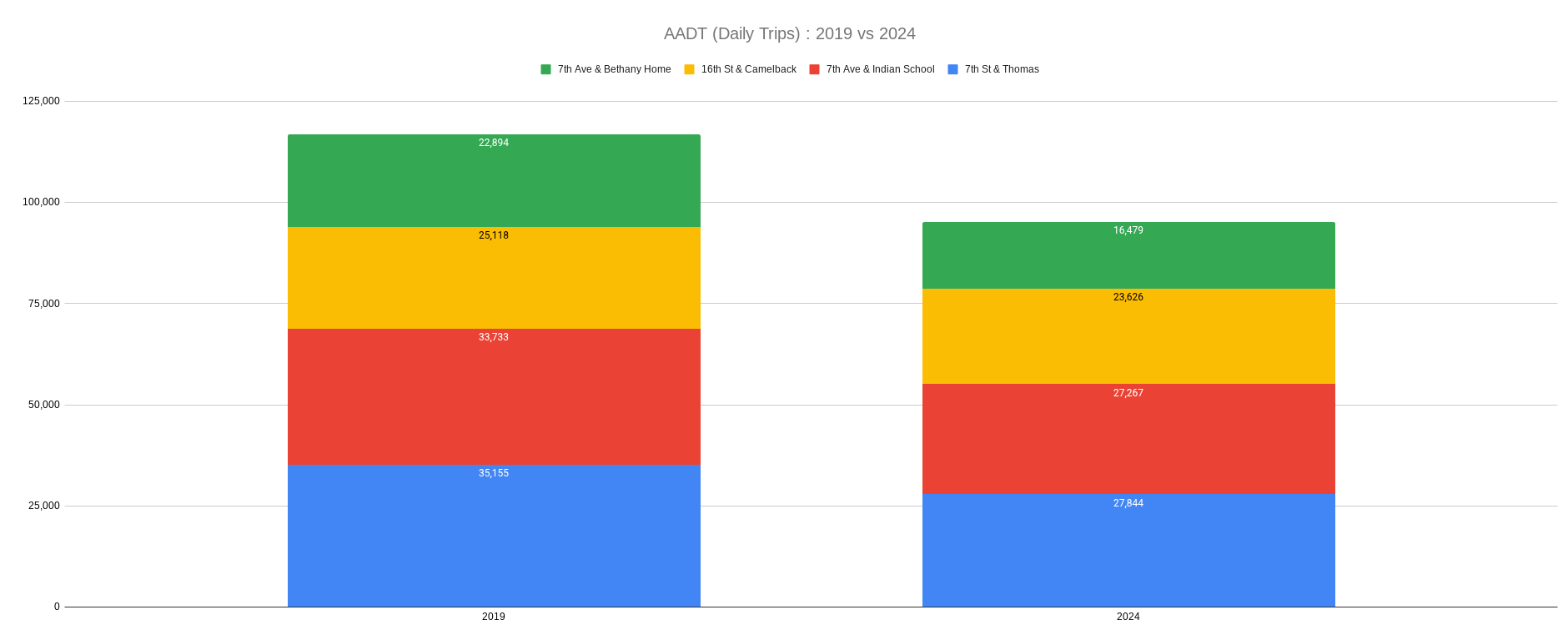
Zach Buchanan

Audio By Carbonatix
Earlier this week, Phoenix City Councilmember Laura Pastor penned a column for the Arizona Republic in which she stated her support for removing the reverse “suicide” lanes on Seventh Avenue and Seventh Street. The lanes switch directions during rush hour traffic, and Pastor acknowledged the hazards and complexities they pose – issues residents and experts have highlighted for years.
Yet, instead of voting to get rid of the suicide lanes, Pastor voted to delay any concrete action for another 18 months, citing the need to “gather data.” This decision, and the justifications she offered, warrant a closer examination against the existing facts.
Pastor suggested the vote was “about understanding the true impact.” If so, why was there no substantive engagement with the more than 50 residents, traffic engineers, and data scientists who offered public comment at the May 21 city council meeting? Many were prepared to address the very concerns later cited by the council, but the opportunity for dialogue was missed. Good policymaking, as Pastor notes, “balances vision with reality,” but both require an active commitment to examining all available information.
The assertion that we need “current, post-pandemic data” is particularly perplexing because we already have it. In 2024 alone, no fewer than seven relevant traffic studies were conducted – five by the Maricopa Association of Governments and two by the city itself – covering Seventh Avenue, Seventh Street and comparable corridors like 16th Street. This data, which includes post-COVID traffic counts, is publicly available on MAG’s website.
Phoenix, make your New Year’s Resolution Count!
We’re $14,000 away from our End-of-Year campaign goal, with just a five days left! We’re ready to deliver — but we need the resources to do it right. If New Times matters to you, please contribute today to help us expand our current events coverage when it’s needed most.
This information could have been provided directly, had anyone asked for it, potentially averting a redundant new study projected to cost taxpayers nearly $1 million and further delaying critical safety improvements.

Phoenix City Councilmember Laura Pastor said at in a recent Arizona Republic column that she didn’t have the votes to get rid of the suicide lanes.
City of Phoenix
A flawed 2021 study
The concern that removing lanes would increase travel times by 40% originates from the 2021 Reverse Lane Study – a report with unreliable conclusions due to flawed foundational data. This study extrapolated annual average daily traffic (AADT) from small samples of 2018 turning movement counts, gathered when many turns were prohibited. Critically, and contrary to standard engineering practice, the study failed to clearly document its methodology for these extrapolations, relying on speculative algorithms rather than comprehensive traffic counts.
The result of this “garbage in, garbage out” approach? The 2021 study’s AADT projections were, on average, 184% higher than actual MAG traffic counts from 2019. By 2024, those same projections were a staggering 243% higher than observed reality.

Jeremy Thacker
The actual data tells a starkly different story: MAG traffic counts from five identical segments on Seventh Street and Seventh Avenue show that AADT has decreased by more than 20% between 2019 and 2024. There is no traffic surge. The congestion argument, and the subsequent fear of traffic “rippling out to parallel streets,” is based on these debunked projections.
Phoenix’s own Streets Transportation Department Design Guidelines indicate that a five-lane arterial, with two lanes in each direction and a turn lane in the middle, can comfortably handle up to 50,000 daily trips. Not one actual traffic count (barring the discredited 2021 projections) on “the Sevens” in recent years has surpassed 45,000 AADT. The seven most recent studies show AADTs closer to 30,000.
This is well within the capacity for a safer, more conventional street design. The sixth lane, let alone the reverse lane system, is not justified by current traffic volumes.

Jeremy Thacker
The staggering cost of inaction
Pastor rightly notes that infrastructure changes have a price tag, citing a preliminary $15 million figure. However, this pales in comparison to the documented, ongoing cost of inaction.
Over 21 years of Arizona Department of Transportation crash data analyzed, the reverse lanes are associated with an estimated 4,391 more crashes than comparable non-reverse lane corridors, specifically 16th Street and 19th Avenue. Even after adjusting for traffic volumes, the reverse lanes are associated with 141 to 212 additional crashes each year – roughly one unnecessary crash every other business day.
Using ADOT’s own methodology for assigning economic losses based on crash severity, from property damage to fatalities, these excess crashes have cost our city between $186 million and $280 million in avoidable economic harm. Annually, this is a burden of nearly $9 million at the most conservative estimate, meaning every day we delay, our community incurs an avoidable cost of $35,000 to $50,000. The most expensive path forward is, unequivocally, maintaining the status quo.
Pastor notes the political challenge of securing five council votes for removal. However, true leadership involves championing solutions backed by overwhelming data and public sentiment, not succumbing to perceived legislative deadlock. The wealth of existing 2024 data, combined with a clear public call for change, should empower the council to build consensus for action now.
In 2017, Pastor won her District 4 seat with 7,945 votes. A recent petition to end the reverse lanes garnered 5,000 resident signatures – with no organized public opposition. If a few thousand votes signify a mandate to govern, surely a similar number of voices pleading for safety deserve decisive action.
Conspicuously absent from Pastor’s op-ed was any mention of the extensive, current crash data, or an engagement with the analyses that clearly debunk the 2021 study’s AADT figures. This isn’t due diligence; it’s deferral.
Phoenix doesn’t need more studies. It needs courage. It needs clarity. It needs action. Behind every one of those crashes is a family, a detour, a trauma that could have been avoided. The time for analysis paralysis is over.
Jeremy Thacker is a Phoenix resident who lives off of Campbell and Central avenues, right in between the two suicide lanes.